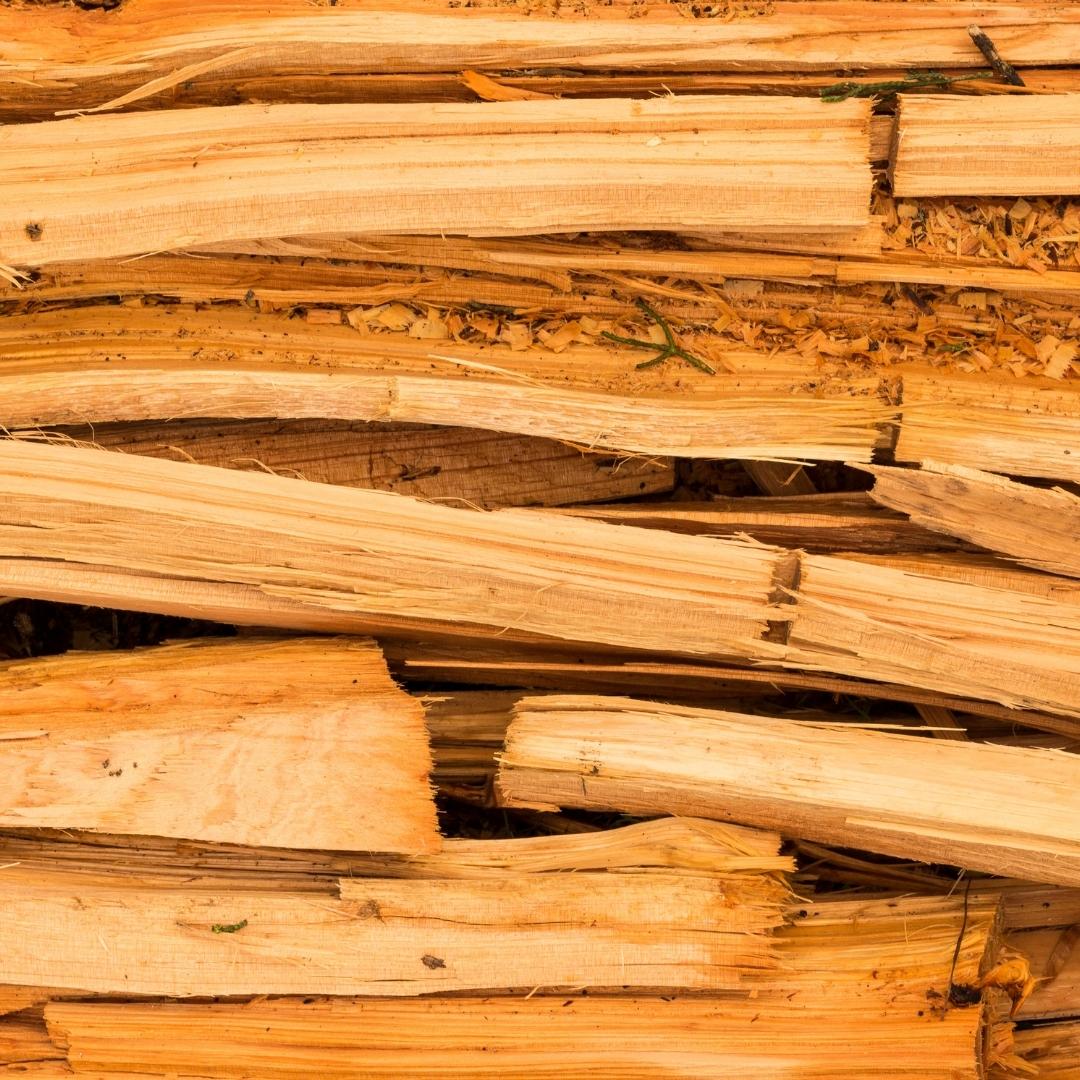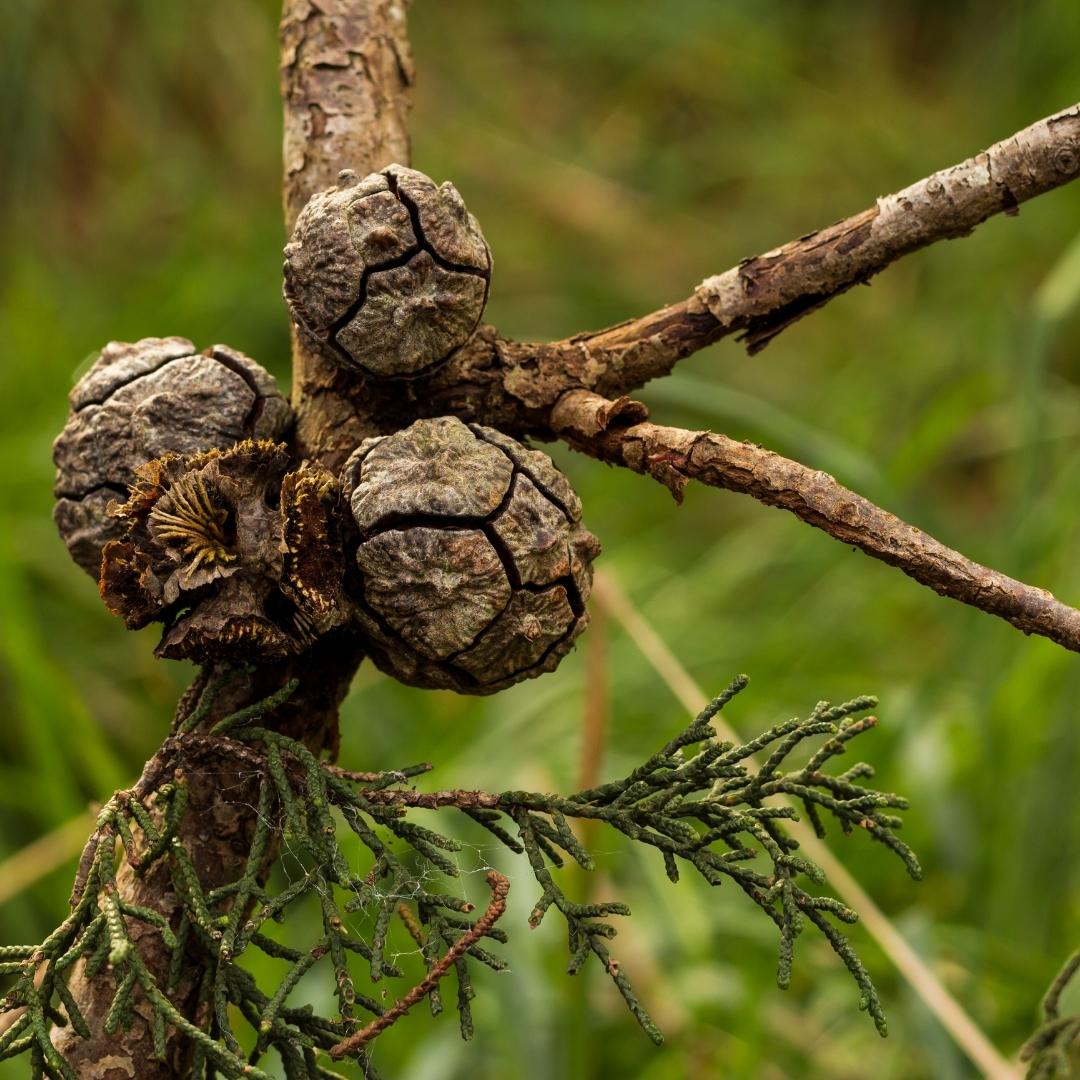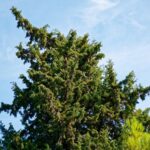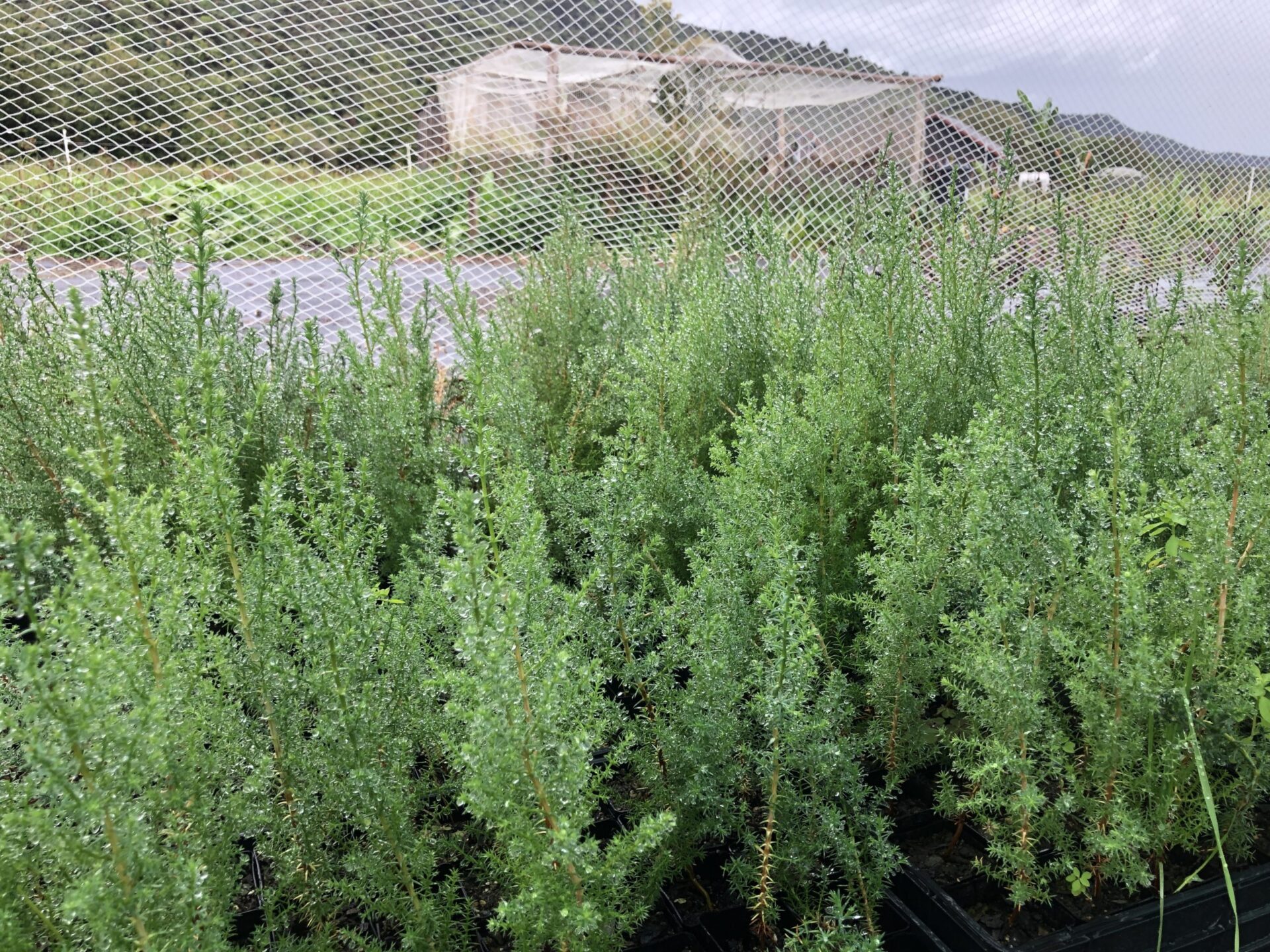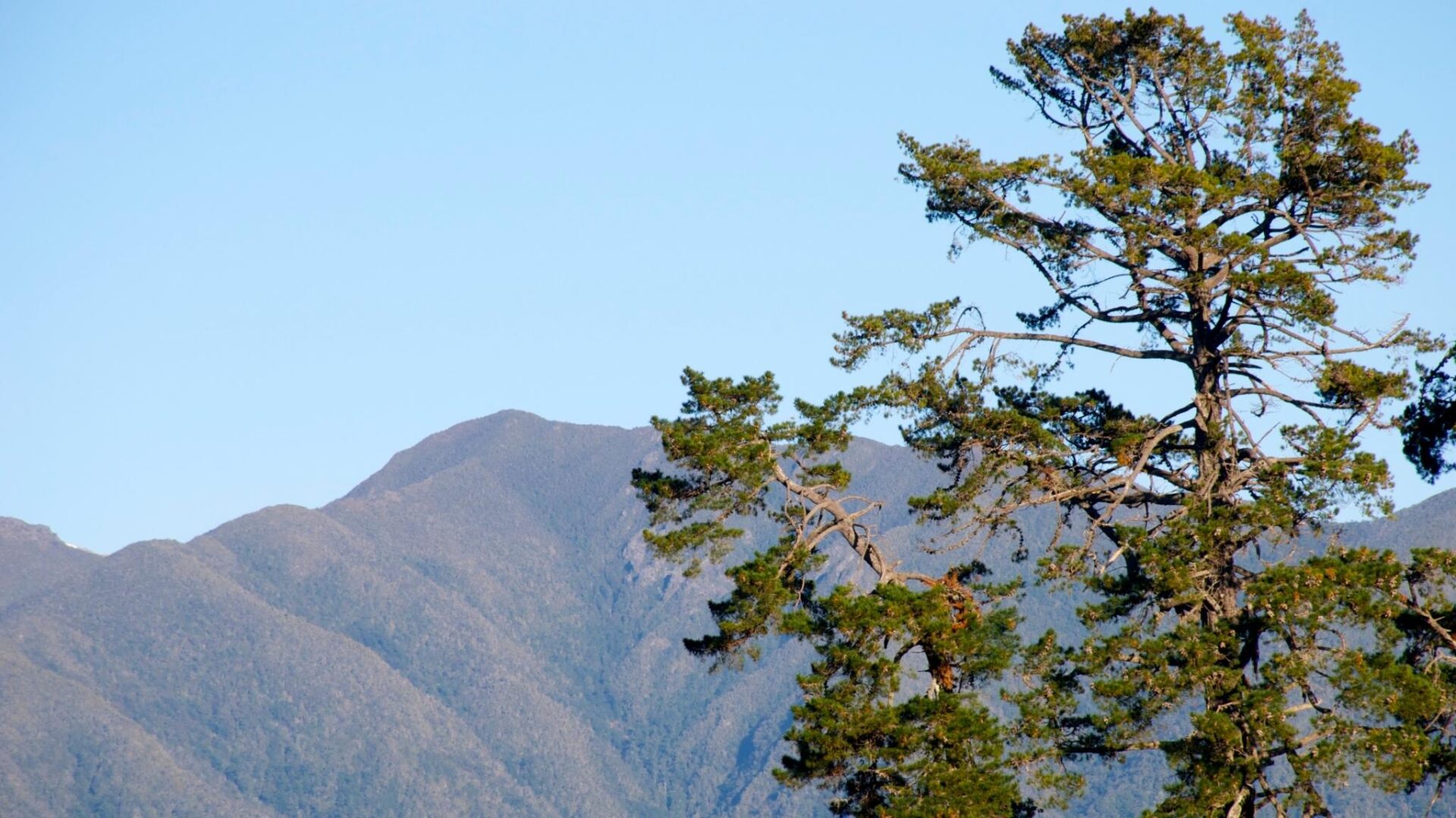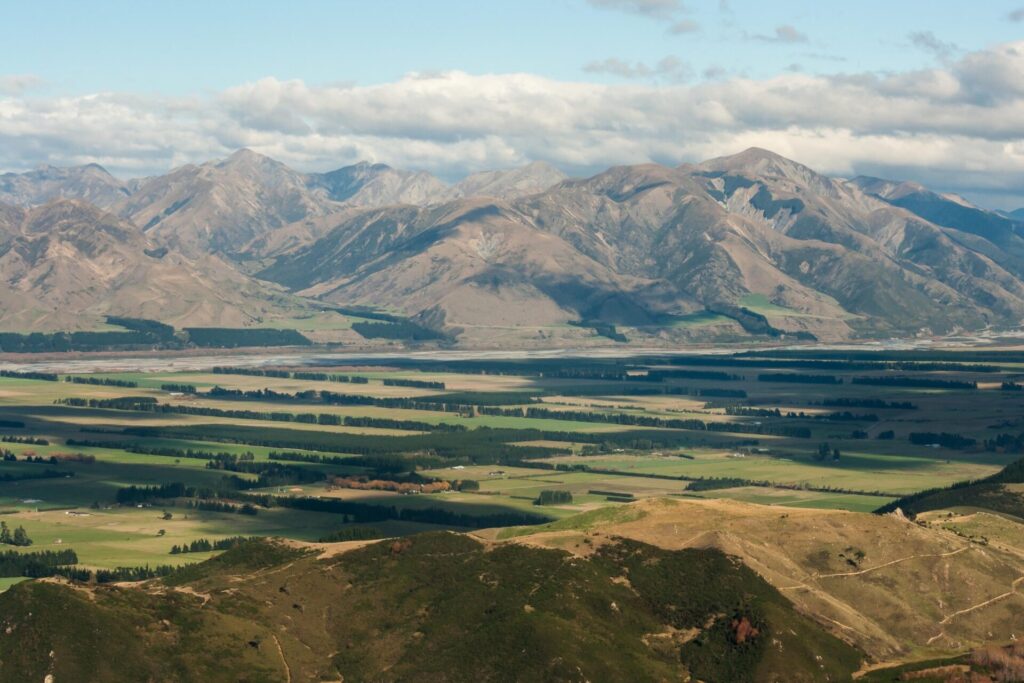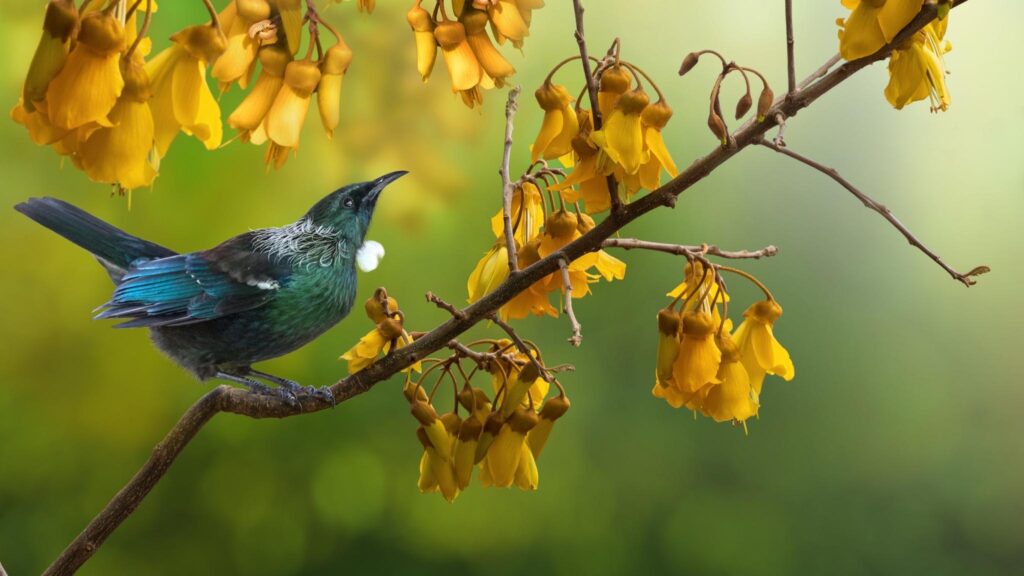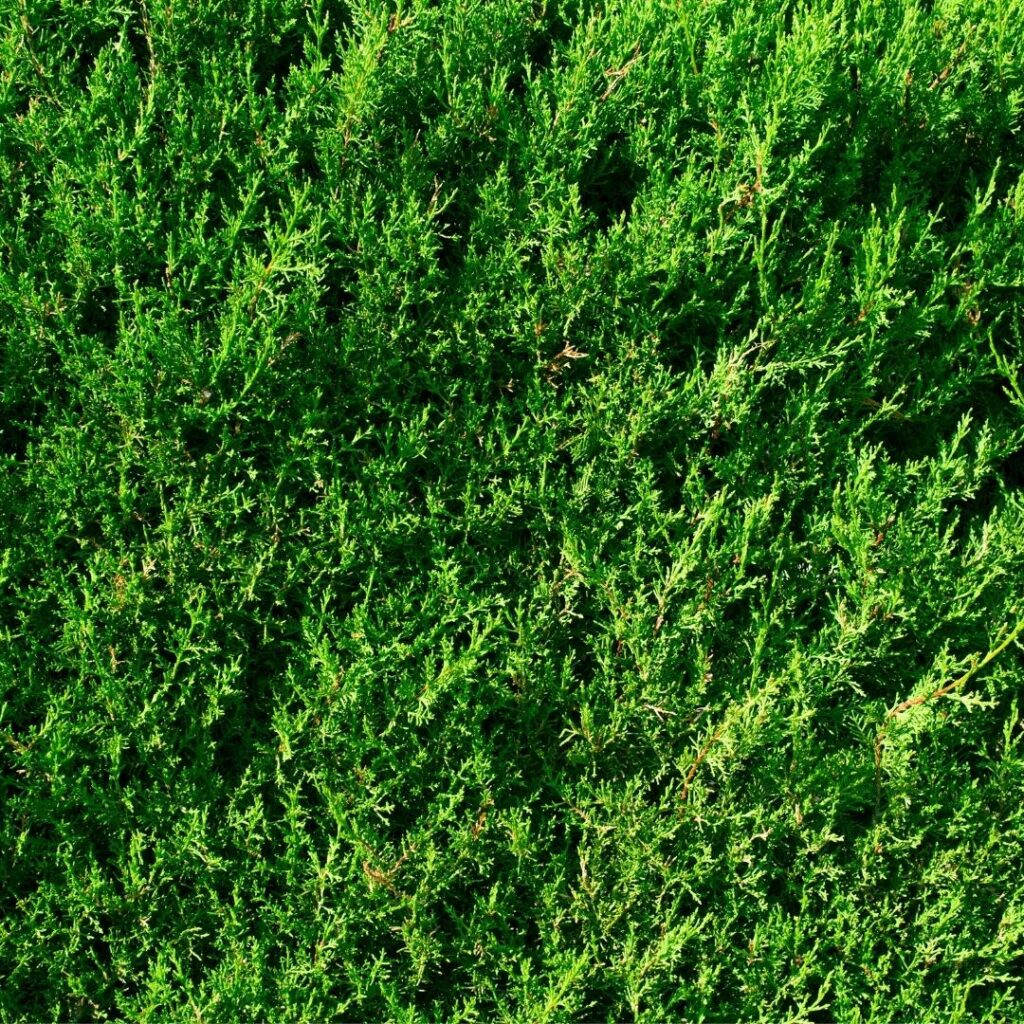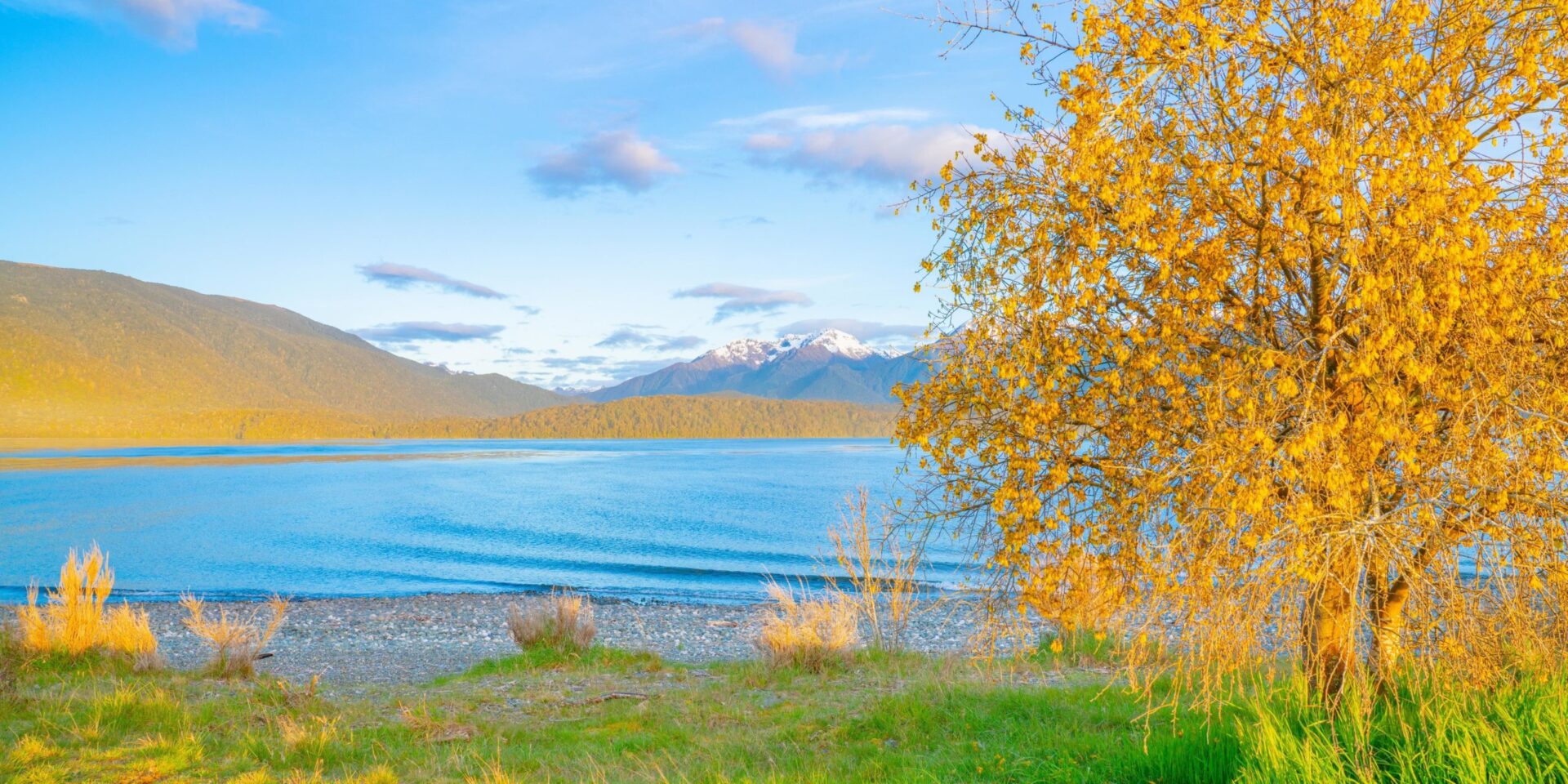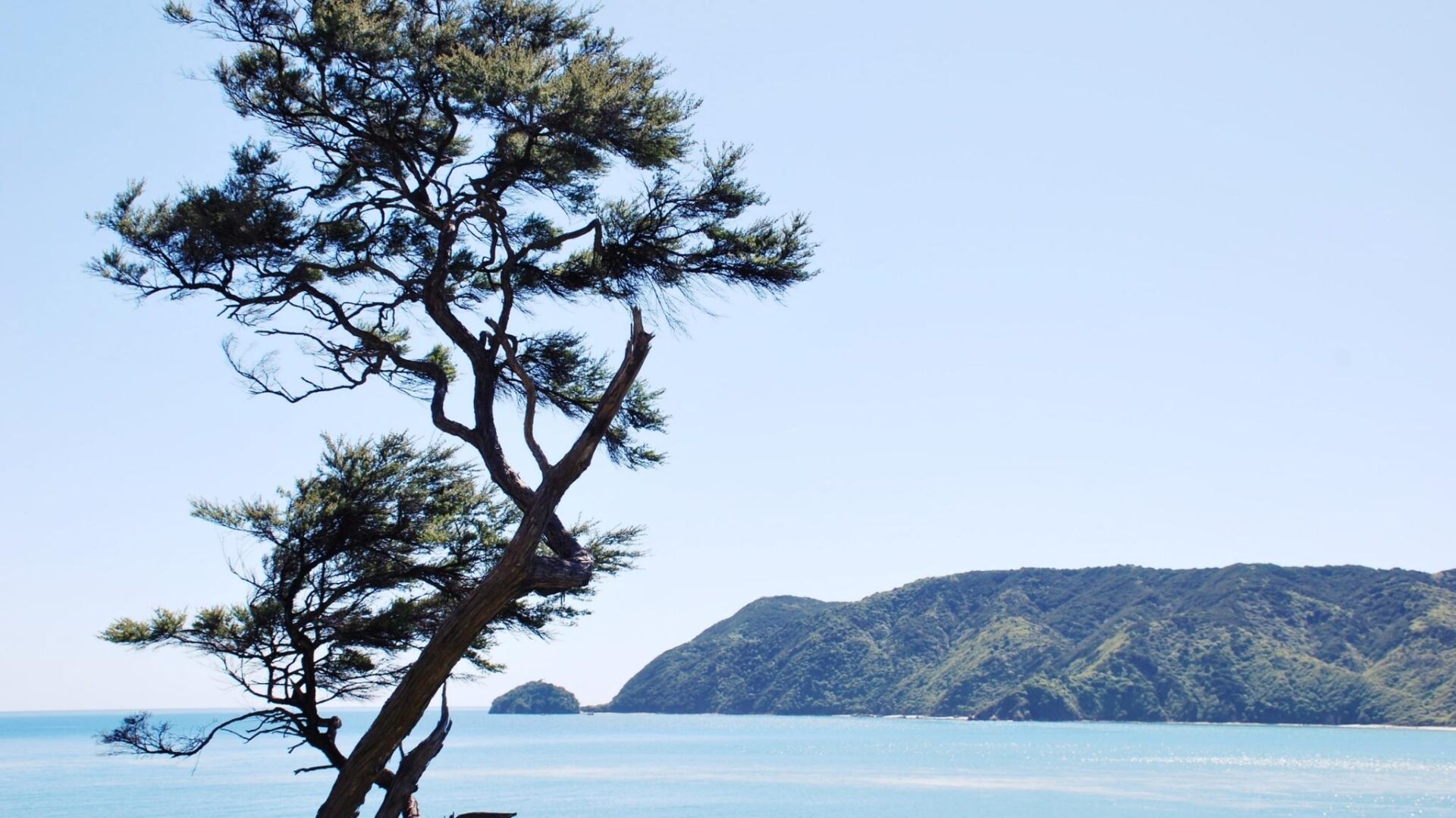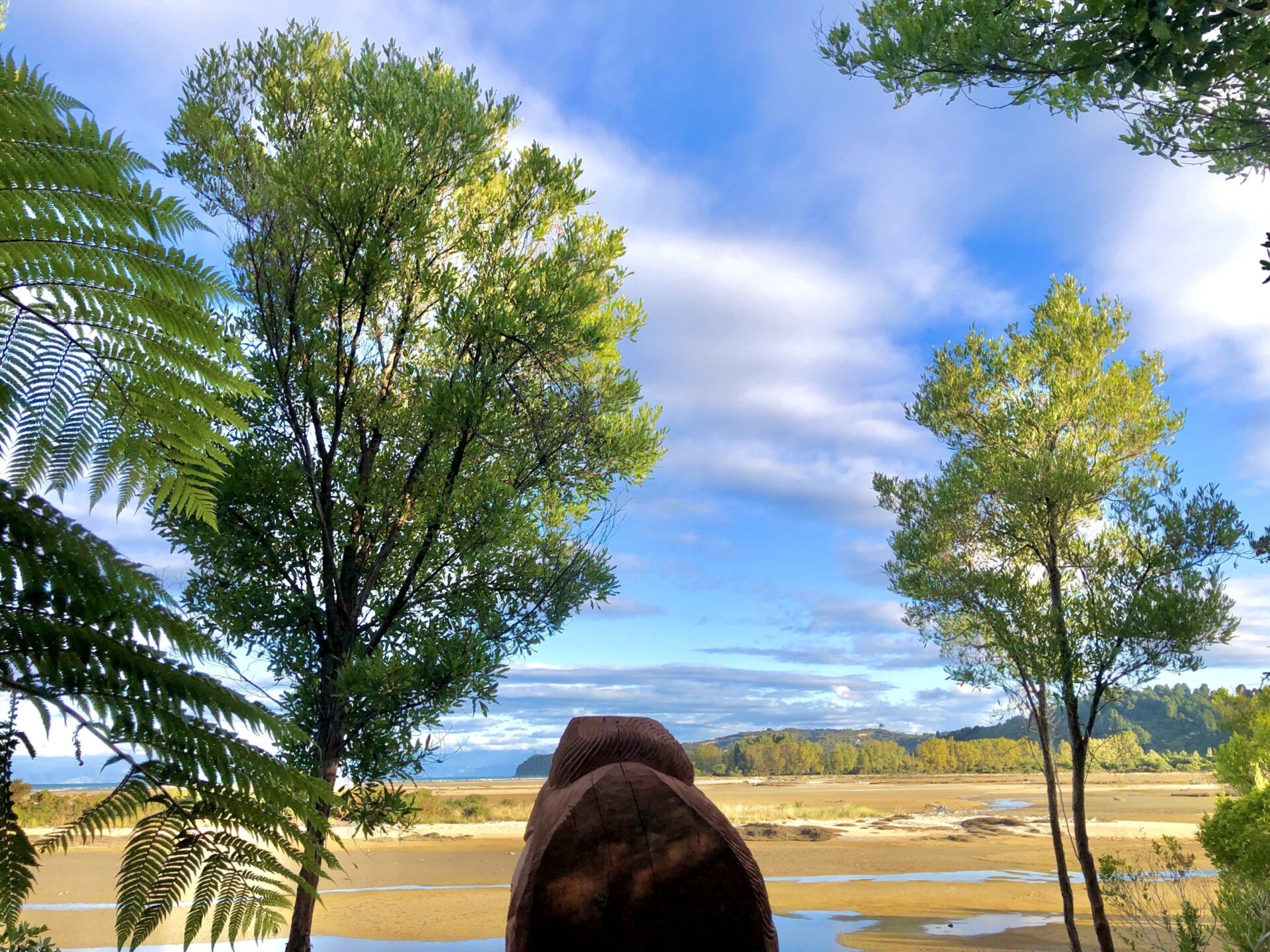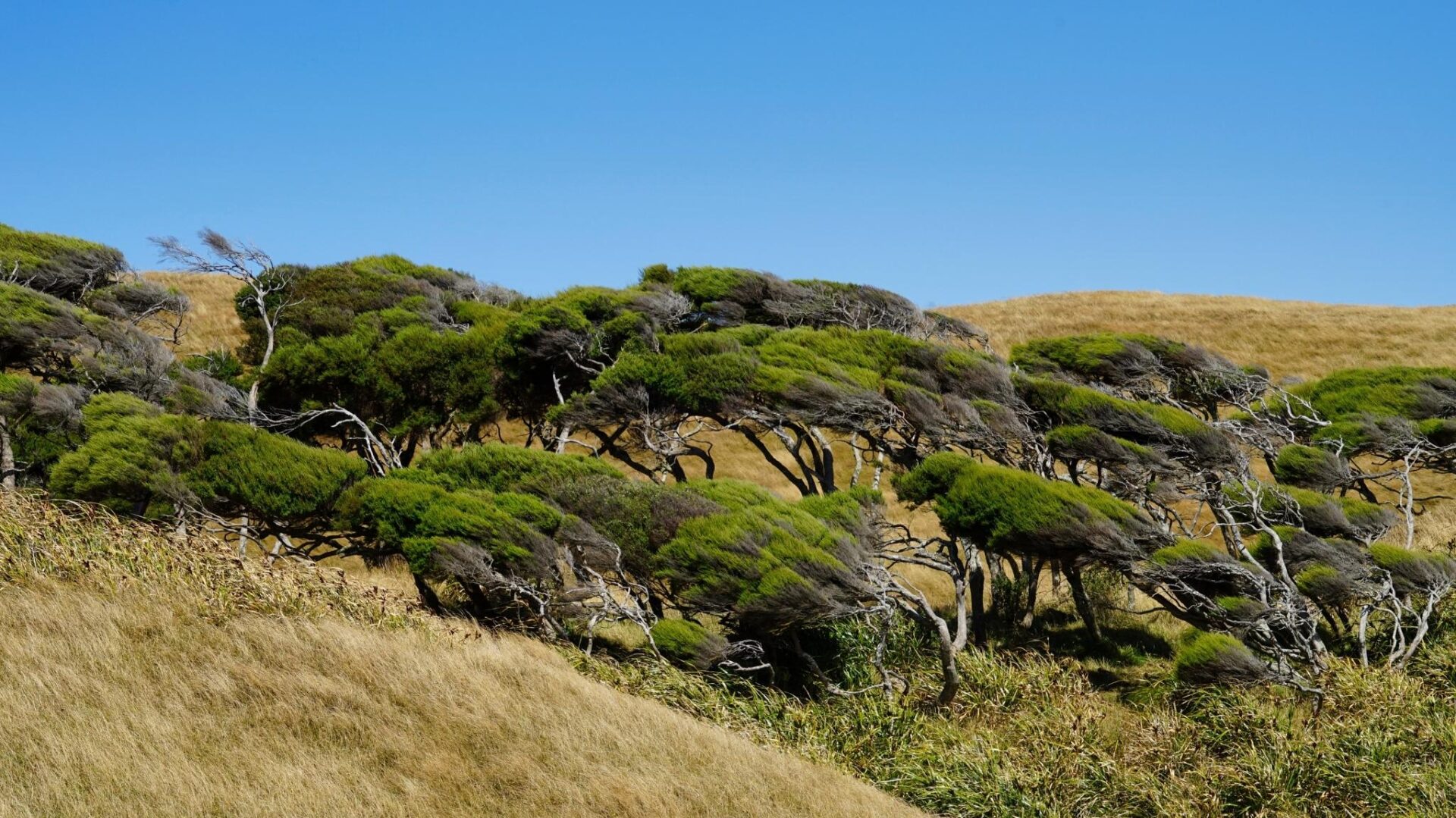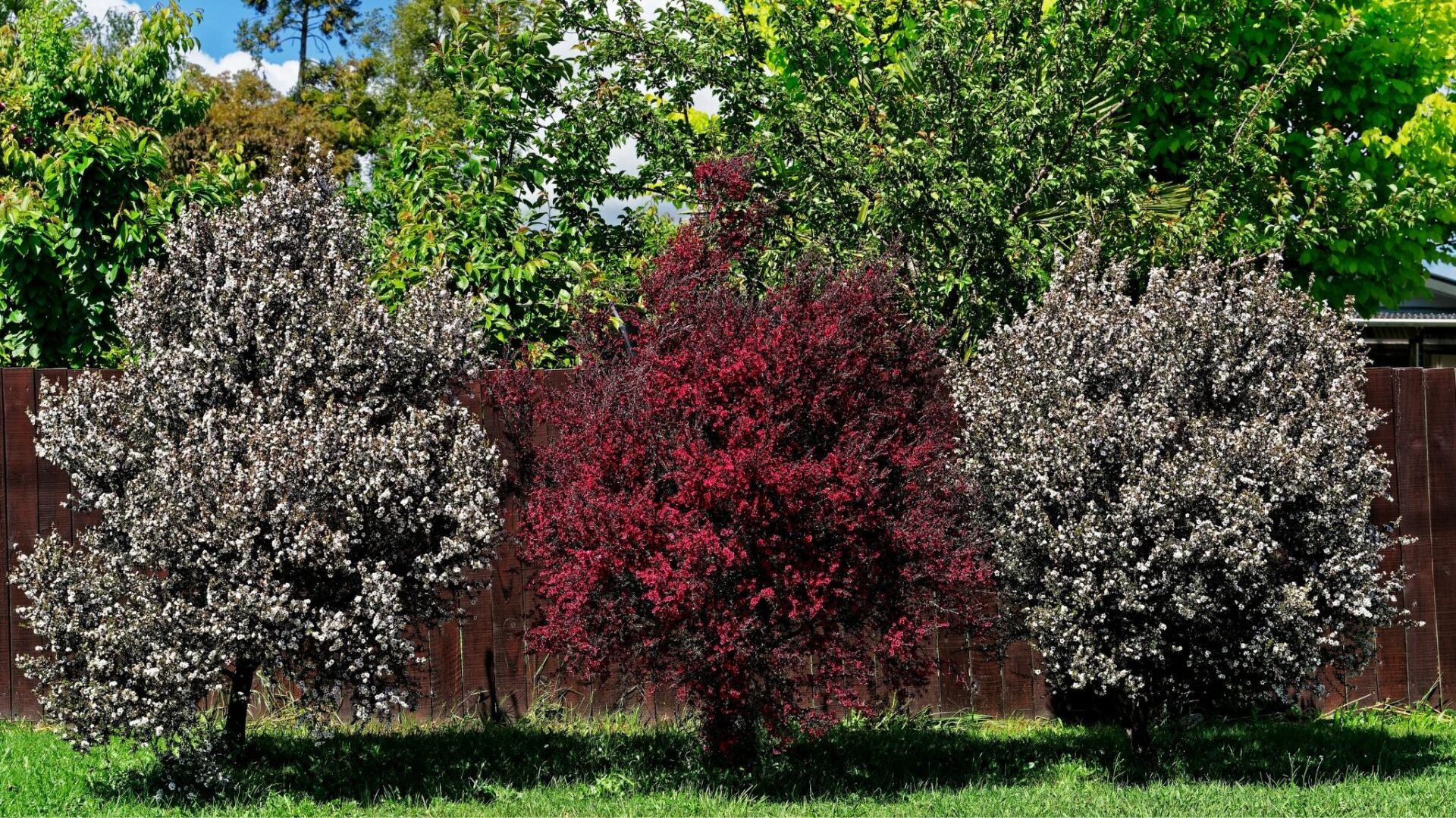Macrocarpa
Originally from California, same area as the Radiata pine, the Macrocarpa shelter belt was originally introduced into New Zealand in the 1860′. It has become a NZ feature in the landscape as it is also good for decorative timbers and firewood, efficiently heating homes for decades.
Outperforming Radiata in coastal environments, this is where is dominates, however as a forestry timber it has fallen out of favour.
Macrocarpa Shelter Belts
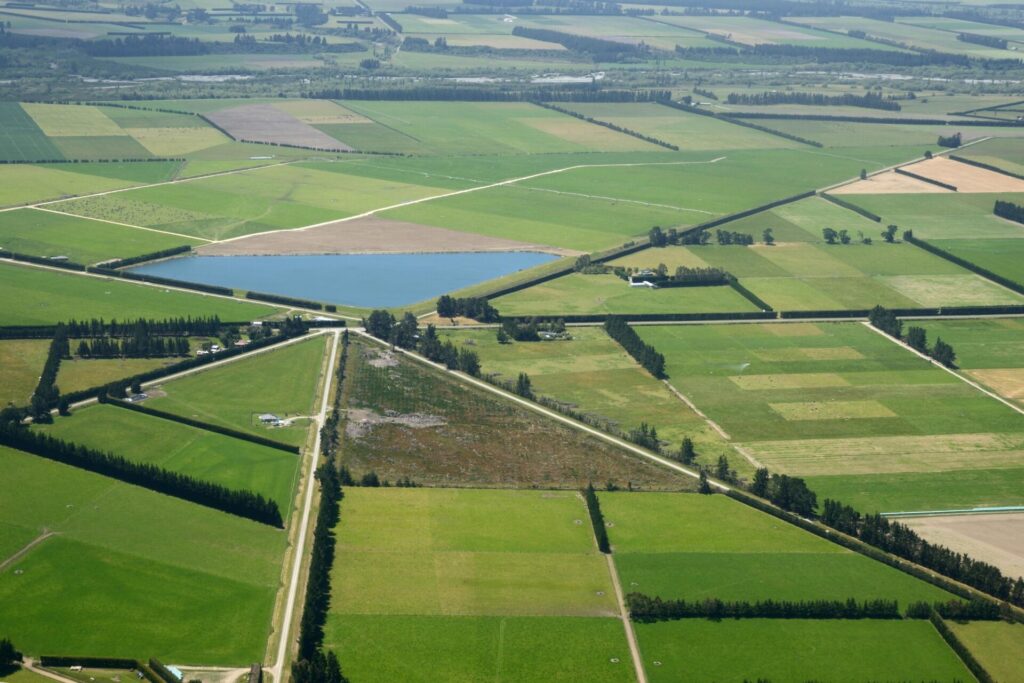
Why put in a shelter belt
Protecting stock, pasture and crops from strong winds is critical for their condition and increasing passive yield on your property without additional fertilisers or equipement. Wind draws energy away from weight gain and growth, and wastes that energy on maintaining temperature and stunting growth.Trials have shown dry matter production increase 5 to 15% and better metabolic conversions of feed / faster weight gain.
Height and Permeability
The Area protected downwind of the belt is proportional to its height. A good shelter belt will have a 30-50% reduction in wind velocity up to 10 times its height. In addition to this, it will have a 10-20% reduction up to 20 times its height. A good shelter belt has good permeability. If shelter is acting more like a barrier, the turbulence of the wind on the leeward side can cause additional damage. A good permeability is between 40-60%.
Spacing – 1 row
The best spacing for a single row wind break will be approximately 2m part.
Spacing – 2 rows
As Macrocarpa will grow relatively tall, some people like to do two lines of planting. The mature macrocarpa blocks out the high winds providing maximum protection over the length of the pasture. It’s best to plant the 2nd row in between the gaps of the first row.
A secondary row of fast growing trees blocks out the wind in early development and will keep the ground level winds down at maturity. Generally recommended species for the low wind blocking are Pittosporum, Photinia, Phebalium, Phebalium, Hoheria, Griselinia, Escallonia, Dodonaea, Corokia or a Coprosma. Flax can be used as well, but recommend on in suited areas as it can be maintenance heavy.
Time to talk about the birds and bees
We would recommend doing a two row system in general and to plant some trees that increase the availability of food supplies to your local bees and birds, along side the sheltering trees in order to increase the local population amongst a monoculture environment.
Recommended trees for bird and bee life, are Manuka, Fiver Finger, Cabbage Trees, flax, Lacebark, Southern Rata as well as the classic Kowhai, which as a legume, will increase nitrogen fixing. Could be handy for waterways in close proximity.
Fencing
Ensure the shelter belt is securely fenced off, as stock may destroy the new planting and Macrocarpa can be detrimental to cattle, with increasing chances of abortion.
Weeds and pests
Weed control in the early phases of establishment are crucial as the tree will not have to fight for nutrients or sunlight. Preparing the area before you plant is the easiest way to make a large difference, followed up by some after care. Mulch mats will provide some assistance with this, however their main purpose is the keep the soil moisture and nutrients in optimal condition while the tree establishes its self.
Rabbits, hares and Possums can also cause considerable damage. These can be somewhat mitigated with Staking and Guards
Macrocarpa Timber
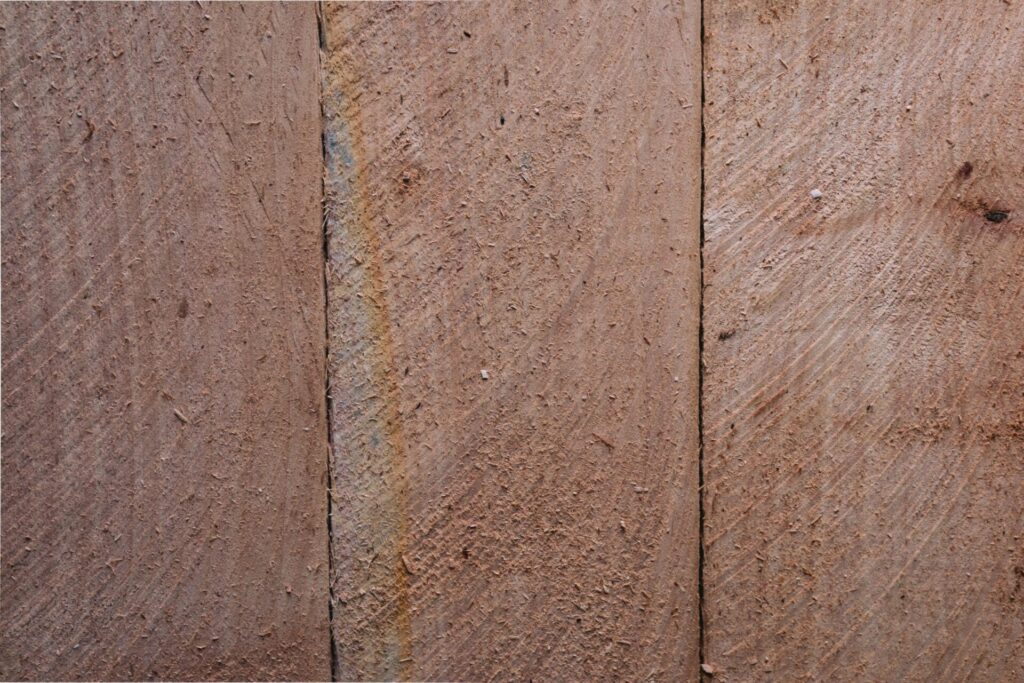
Timbers
Relatively easy to mill, dry, work and finish Macrocarpa has a long history in interior features such as furniture, joinery, framing and structural timbers. It is also suited for exteriors just has general structural and framing, weatherboard, exterior joinery, decking, gates, yards, fences and battens.
Being a fairly soft timber, it has surprising durability however it is limited when in ground contact. It’s fine texture means that it will machine well and provides more stability than pine meaning it will get less shrink and swell with general humidity.
Firewood
Macrocarpa is a good firewood. Grows relatively quickly with good quality logs for burning at 485kg/m3 and 12% moisture. With electricity prices moving round and continued upward pressure, nothing warms the heart more than a large stack of dried macrocarpa timber!
